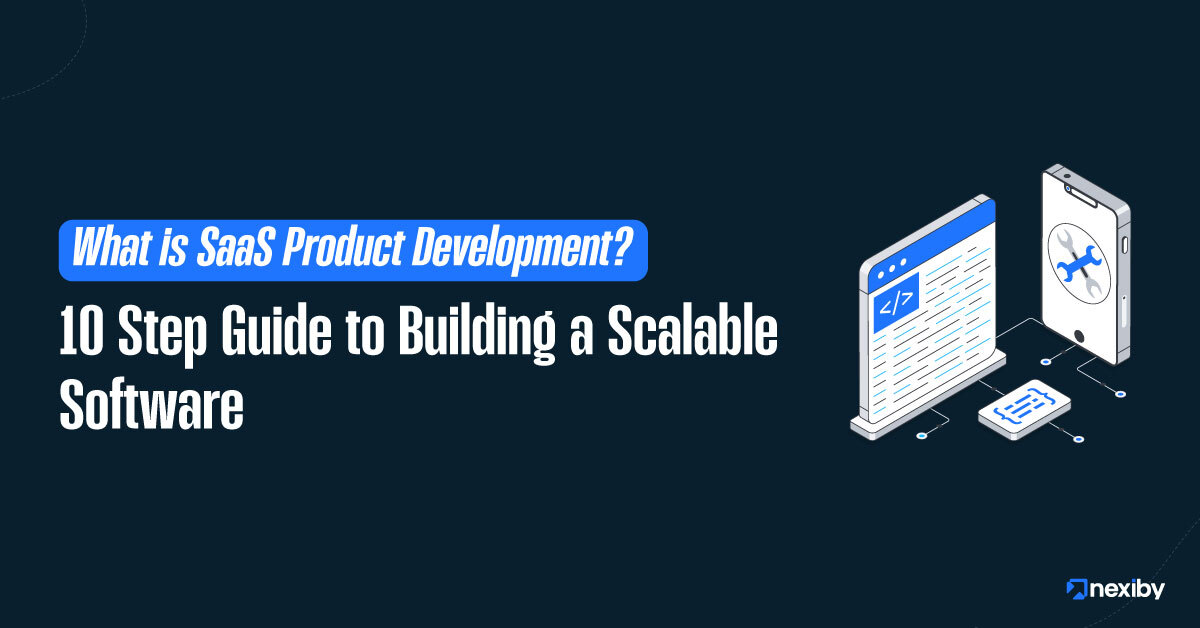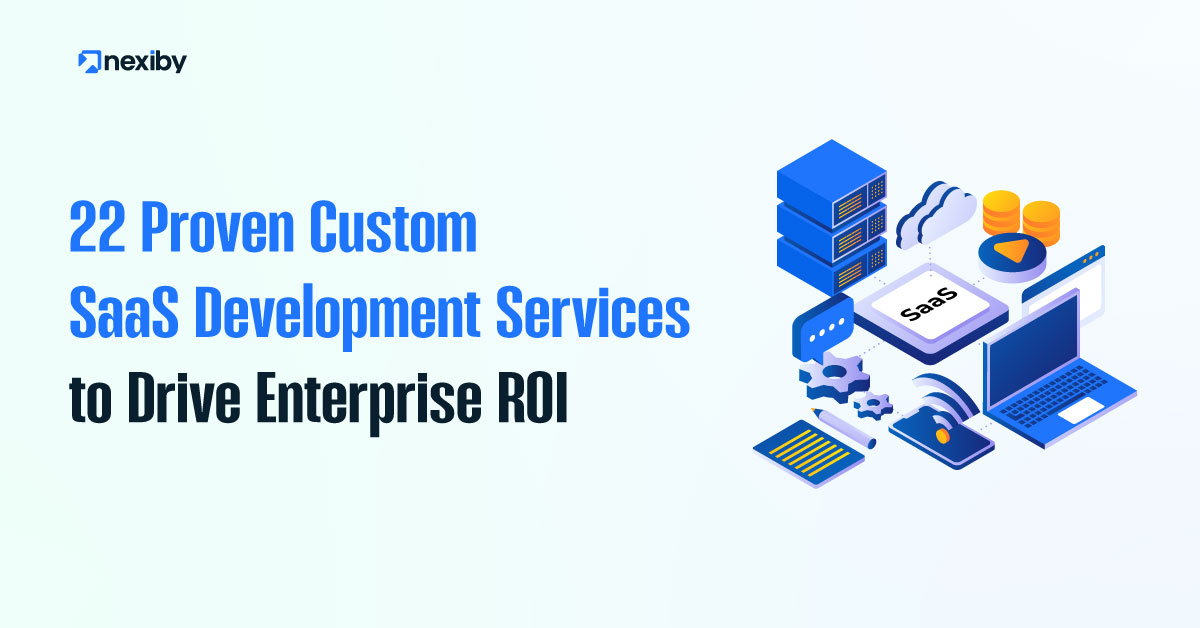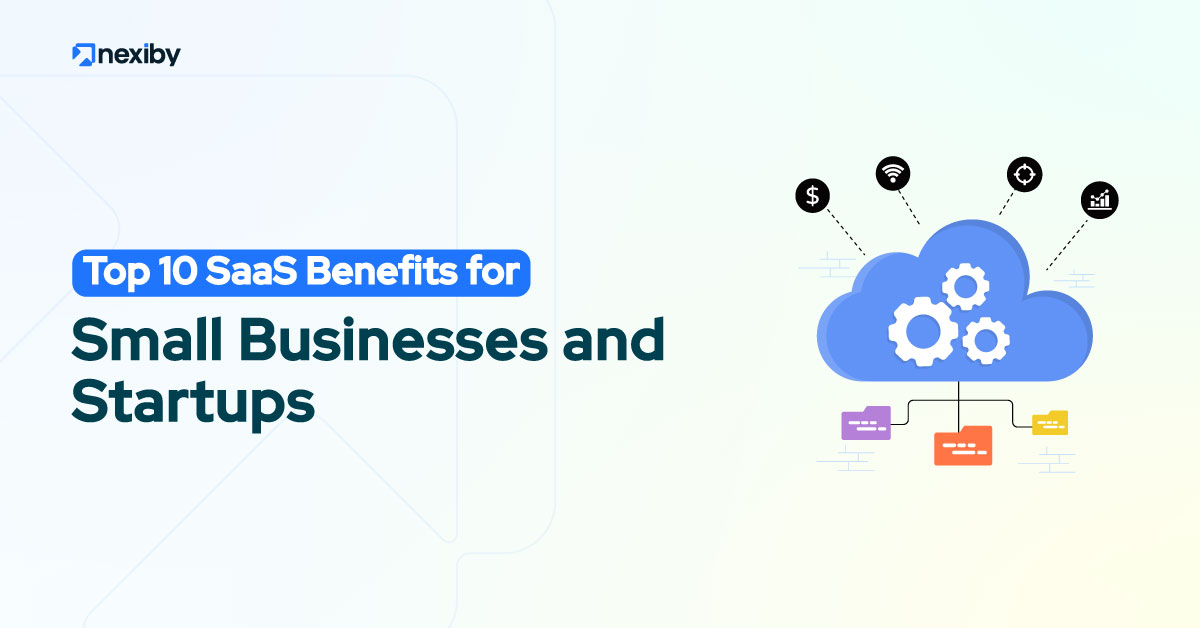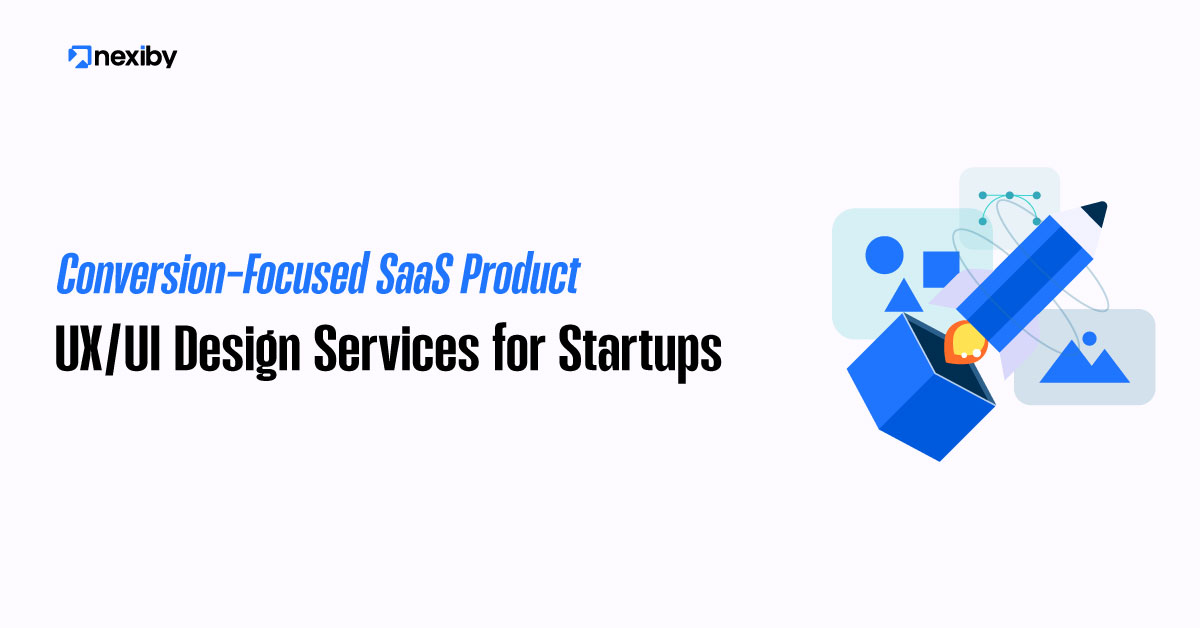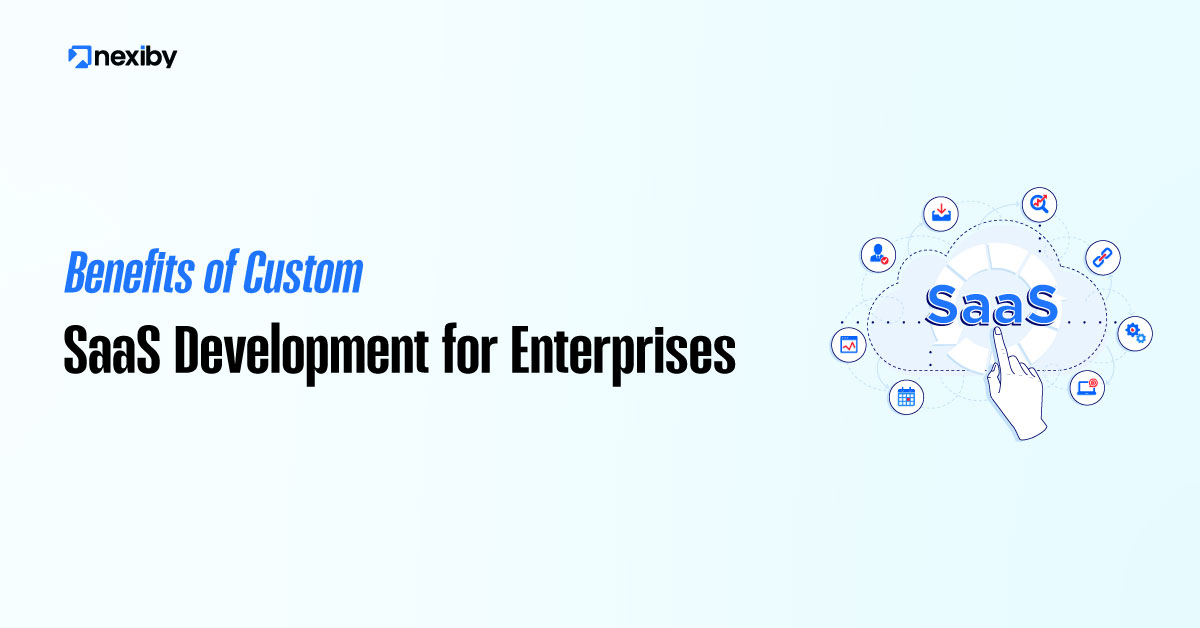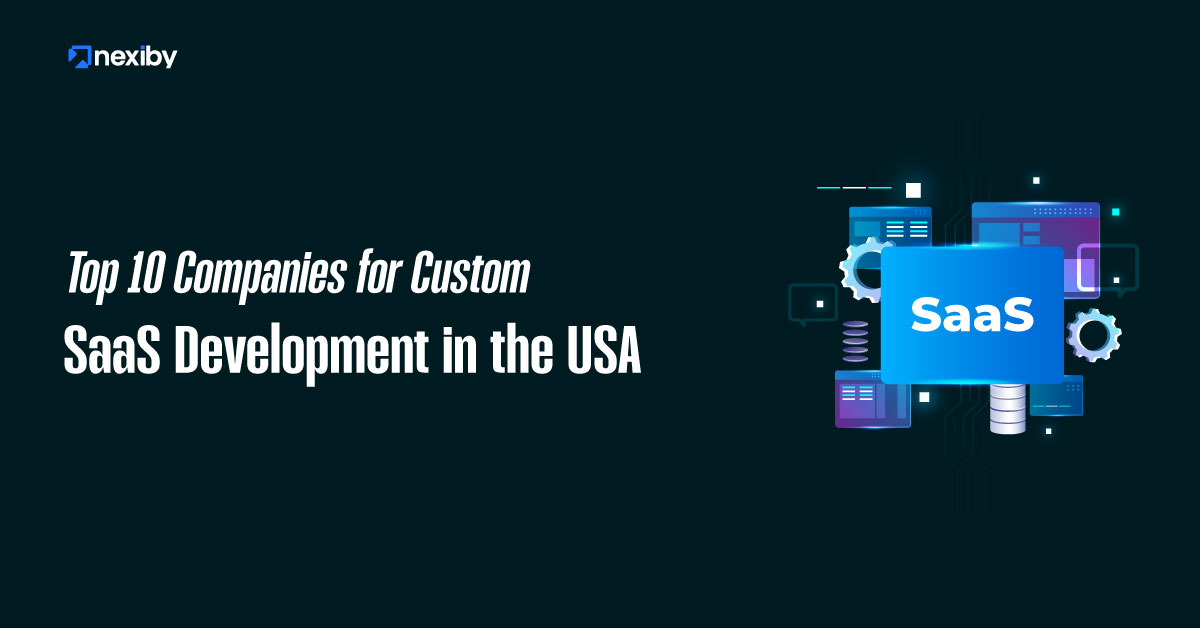SaaS, or Software as a Service, has completely changed how we use software today. Unlike traditional software that requires manual installation and updates, SaaS runs in the cloud and can be accessed with just a web browser. This means no installations, no maintenance, and no headaches. Everything happens online.
Products like Dropbox, Slack, or Netflix run so smoothly without needing constant updates on your computer. But building a scalable SaaS product isn’t easy. You need to blend technology, business strategy, and user experience into one smooth system. This guide will walk you through a proven 10-step framework that helps you turn a raw idea into a real, profitable SaaS platform.
What is SaaS Stand Product?
SaaS product development, or Software as a Service, is the process of planning, designing, building, launching, and maintaining a cloud-based application. These products are designed to scale, serving thousands or even millions of users, and provide smooth, subscription-based experiences.
It’s a delivery model where software is accessed online via a subscription rather than being bought and installed locally. Think Gmail instead of Outlook, or Canva instead of Adobe Illustrator on disk.
As SaaS products are hosted on cloud servers and provide continuous updates, support, and services, they are flexible and cost-effective for both users and developers.
Why SaaS is Dominating the Software World?
The SaaS model has exploded because it’s efficient, flexible, and profitable. The global SaaS market is expected to reach $819 billion by 2030. Businesses love SaaS because it eliminates the need for expensive infrastructure. Users love it because they don’t have to worry about software updates or compatibility issues.
It also supports scalability, so whether you’re serving 100 users or 100,000, the same infrastructure (with tweaks) can handle it. As remote work rises, the need for cloud-based software solutions is greater than ever.
SaaS vs Traditional Software Development
Here are the differences between SaaS and Traditional Software Development:
| Traditional Software | SaaS Product |
| One-time purchase | Monthly or annual subscription |
| Installed on local device | Accessed through a browser |
| Manual updates | Automatic, cloud-based updates |
| Fixed hardware requirements | Cloud scalable infrastructure |
The development process is also different. Traditional software focuses on building and shipping. SaaS focuses on building, launching fast, gathering feedback, and improving continuously.
Step 1 – Ideation: Solve a Real-World Problem
SaaS development begins with a simple question: What problem are you trying to solve?
Market Gaps and Product-Market Fit
Find the gap. An industry may have outdated, clunky software. Maybe there’s no simple tool for freelancers to manage invoices. Identify pain points that users face regularly. Review forums, reviews, and competitor apps to identify common complaints and issues that customers have. That’s your product-market fit, the point where your solution perfectly matches a real need.
Validate Your SaaS Idea with Data
Before you start building, it’s important to make sure your idea has real demand. Start by using tools like Google Trends to see if interest in your topic is growing. Check out discussions on Reddit or Quora to find what people are asking and what problems they face.
Use keyword research tools to see how many people are searching for solutions like yours. You can also run quick surveys with Typeform or Google Forms to get direct feedback from your target audience.
If you discover that people are actively looking for a better solution, then you’re on the right track. Data-backed validation saves you time and money, and helps you build something people actually want.
Step 2 – Research & Requirement Gathering
Now that your idea has potential, let’s define what you’re building.
User Personas and Core Needs
Next, define your audience. Who are your ideal users? What are their goals? Create 2-3 user personas with details like industry, job role, frustrations, and desired outcomes. Understand their goals. Your SaaS product should fit into their life like a puzzle piece.
Competitive Analysis in the SaaS Landscape
Now, do a competitive analysis. List your top five competitors. Sign up for their products. Understand their features, pricing models, user experience, and customer reviews. This helps you position your product with a unique angle. Ask: How can I be 10x better or different?
Also, gather your technical requirements, design expectations, and core functionalities. This forms the foundation of your product roadmap.
Step 3 – Create a SaaS Product Vision
Your vision should be clear and practical. A clear vision keeps your team aligned and focused.
Roadmap Features and Benefits
Roadmap starts with setting goals. What does success look like? Define your key features for version 1.0 and list future updates for later releases. Use agile roadmapping tools like Trello or Notion to organize development phases.
Align Business Goals with Product Objectives
Make sure your product vision aligns with your business objectives. If you want to earn $20k MRR in six months, your product must
- Encourage recurring usage
- Be sticky (users rely on it daily)
- Deliver constant value
Step 4 – Designing the UX/UI
A good user experience can make or break your SaaS product.
Importance of Simplicity and Speed in SaaS UX
Your interface should be clean, intuitive, and designed for minimal training. Users should know exactly what to do the moment they sign in. Focus on onboarding flows, dashboard design, and accessibility.
Wireframes, Prototypes, and User Flows
Start with wireframes. Tools like Figma or Adobe XD let you prototype before writing a single line of code. Test these designs with real users. Their feedback will help you identify and resolve issues early, saving you time and money in the long run.
Step 5 – Choosing the Right Tech Stack

Your tech stack is the collection of technologies used to build your SaaS product. Choose carefully, as it affects performance, security, and scalability.
Backend Technologies
For the backend, common choices include:
- Node.js – Fast, scalable, JavaScript-based
- Django – Secure and robust, Python-based
- Ruby on Rails – Rapid development, great for MVPs
Frontend Frameworks
For the frontend, consider:
- React.js – Modular and widely adopted
- Vue.js – Lightweight and beginner-friendly
- Angular – Powerful but complex
Cloud Platforms
Use cloud platforms for hosting.
- AWS – Most versatile and scalable
- Google Cloud – Great AI/ML integrations
- Azure – Enterprise-level infrastructure
Select technology that offers tools for load balancing, backups, scaling, and data security, and aligns with your team’s strengths and product objectives.
Step 6 – Build the MVP (Minimum Viable Product)

Don’t build the whole thing right away. Start with a Minimum Viable Product (MVP), a lean version of your product that includes only the core features.
Why Start Small?
An MVP allows you to:
- Test your idea in the real world
- Get feedback from real users
- Avoid wasting time on features nobody wants
Core Features Your MVP Must Have
When building your Minimum Viable Product (MVP), focus on the essentials that let users experience the primary value of your software. Start with user registration and login, so people can securely create accounts and access their data.
Then, include your core functionality. This is the key feature that addresses the problem your SaaS product was designed to solve. Add a simple, clean dashboard or user interface that allows users to interact with your product easily.
Finally, include basic analytics or tracking to monitor user behavior and gather insights. These core features help you test your idea, collect feedback, and improve quickly without wasting time or money on extras.
Avoid Feature Creep
Please keep it simple. Focus on the main problem your product solves. Don’t build extra stuff “just in case.” Each new feature adds complexity, bugs, and costs.
Step 7 – Testing & Quality Assurance
Bugs and errors destroy trust instantly. So, testing isn’t optional
Functional, Performance, and Security Testing
Testing is a key part of SaaS product development. Begin with functional testing to ensure that every feature functions as intended. This means checking buttons, forms, and flows to ensure users can complete tasks without errors.
Then comes the performance. Focus on performance testing. Your app should load quickly, run smoothly, and stay reliable even when many users are online. Slow or buggy apps frustrate users and lead to higher churn.
Finally, don’t skip security testing. Protecting user data is a top priority. Use encryption, secure logins, and regular audits to keep data safe. A secure app builds trust and keeps your users coming back.
Automated vs Manual Testing in SaaS
Use manual testing for exploratory and UI testing, and automated testing for regression and speed. Tools like Selenium, Postman, or Cypress. Bugs found early are cheap. Bugs in production can ruin you.
Step 8 – Launch Your SaaS Product
Before launching to the public, run a private beta with a few hundred users. This helps you catch issues and gather feedback from early adopters.
Beta Testing with Early Users
Invite a small group of 50–100 users, give them access, and observe how they utilize the product. Their feedback is pure gold.
Pre-Launch Marketing and Email Campaigns
While testing, start building buzz. Use pre-launch email campaigns, LinkedIn posts, Twitter announcements, blog articles, and landing pages to grow your waitlist.
Pricing Strategy: Freemium, Subscription, Tiered
Choosing the right pricing model is important for growing your SaaS business. A good pricing plan should encourage users to upgrade, reduce the chances of them leaving, and match the value your product offers.
One popular model is the freemium model, where users can access basic features for free and pay for advanced tools. It’s a great way to attract users and show them the value before they commit.
Another option is a tiered plan, where you offer different feature sets at various price levels. This gives users the freedom to choose what fits their needs and budget.
You can also use a pay-as-you-go model, where customers only pay for what they use. This works well for tools with flexible usage or seasonal demand.
No matter what model you choose, your pricing should be simple, clear, and easy to understand. Make sure it shows the value your product provides, so users feel confident about paying for it.
Step 9 – Measuring Success & User Feedback
Once launched, it’s time to track performance.
Key SaaS Metrics
Key SaaS metrics include:
- MRR: Monthly Recurring Revenue
- Churn Rate: How many users leave each month
- Customer Lifetime Value (CLV)
- Customer Acquisition Cost (CAC)
- Net Promoter Score (NPS)
Use Feedback Loops to Drive Product Improvements
Collect feedback with in-app surveys, chat support, and analytics tools. Use what you learn to guide your next development sprint.
Step 10 – Scale & Continuous Improvement
Your job isn’t done after launch. Now comes the hard part, which is scaling.
Build for Multitenancy and Scalability
Build for multitenancy, where one version of your app serves thousands of users, runs on a multitenant architecture, and auto-scales with demand. This makes updates and support easier.
Roll Out Updates Without Downtime
Use CI/CD pipelines to push updates without downtime. Monitor performance with tools like New Relic or Datadog. Add new features carefully, based on real demand.
Customer Support and Lifecycle Management
Strong customer support boosts retention and referrals. Offer live chat, a knowledge base, onboarding guides, and webinars to assist users at every stage. Proactive help ensures a smooth experience, builds trust, and keeps customers engaged throughout their journey.
Key Challenges in SaaS Product Development

SaaS has many moving parts. Common challenges include:
Data Security & Compliance: You’re responsible for user data. Follow GDPR, HIPAA, and SOC 2 guidelines, use encryption, implement regular backups, and conduct security audits.
Scalability: Your infrastructure must be able to handle growth. Auto-scaling helps with sudden spikes.
Integration Complexity: It’s cheaper to keep a customer than find a new one. Focus on customer success. Make sure your app works with others through APIs.
User Adoption: It takes effort to convert users from old tools. Your onboarding must shine.
Facing these early and planning for them will give you a huge advantage.
Why SaaS Product Development is a Smart Investment?
SaaS offers predictable income, global reach, and flexible scaling. You can start small, test ideas, and grow as you learn.
Unlike traditional software, you don’t need to rebuild every time. SaaS is built to evolve. This means faster innovation, lower costs, and increased profits over time. If you’re looking to make a future-proof business, SaaS is where it’s at.
Conclusion
So, what is SaaS product development? It’s the strategic process of building scalable, cloud-based software that users love and pay for every month. Follow this 10-step guide, and you’ll launch successfully and grow fast in a competitive market.
From ideation to scaling, remember this: build lean, listen hard, and improve fast. That’s how SaaS wins.
FAQs
What makes SaaS different from other software models?
SaaS is cloud-based and accessed via a browser, with maintenance provided by the provider. It runs on a subscription model and doesn’t need installation or updates.
How long does it take to build a SaaS product?
An MVP can take anywhere from 3 to 6 months, depending on its complexity. Full-scale SaaS products can take 6 to 12 months or more to develop.
What’s the typical cost of SaaS product development?
Costs range from $30,000 to over $ 200,000, depending on features, team location, and tech stack.
Do I need to build an MVP first?
Yes. MVPs validate your idea quickly and cheaply. It lets you test real users and improve before investing, and helps avoid building the wrong product.
Can I scale a SaaS product without a big team?
Absolutely. With the right tools, automation, and cloud services, even small teams can scale efficiently. Start lean, automate where possible, and scale your team as the product grows.

